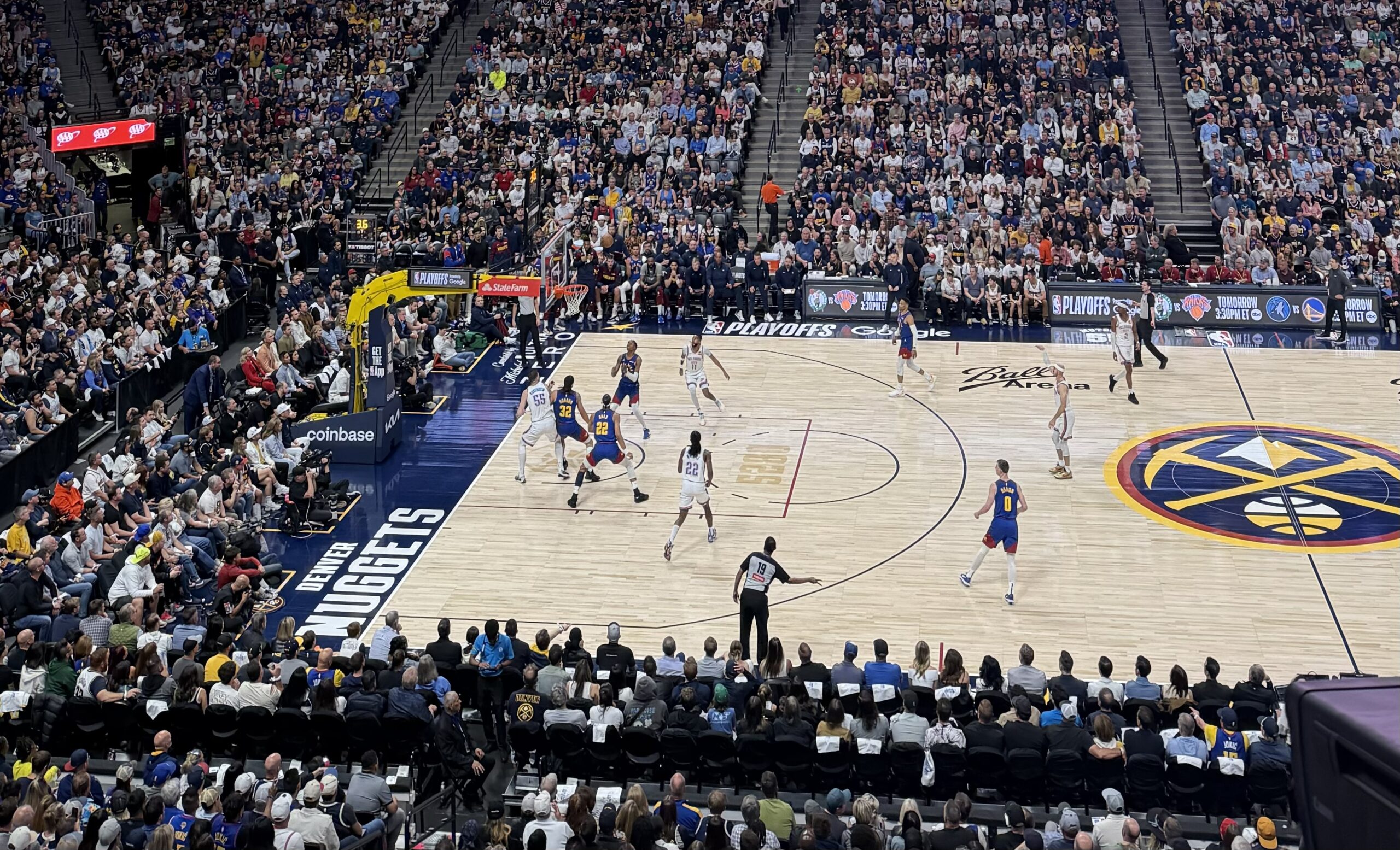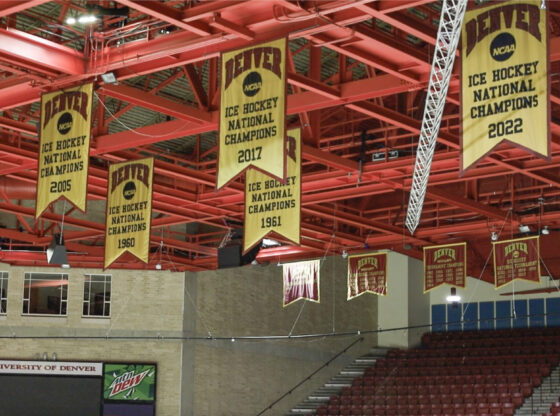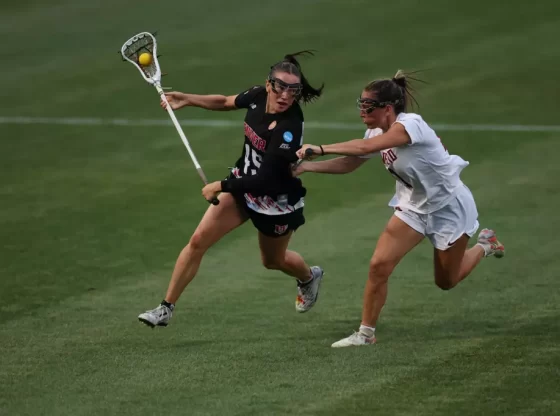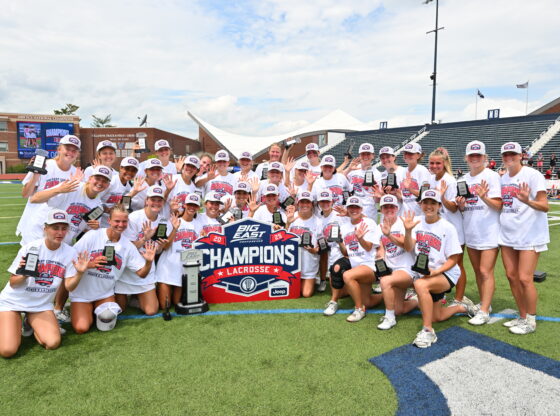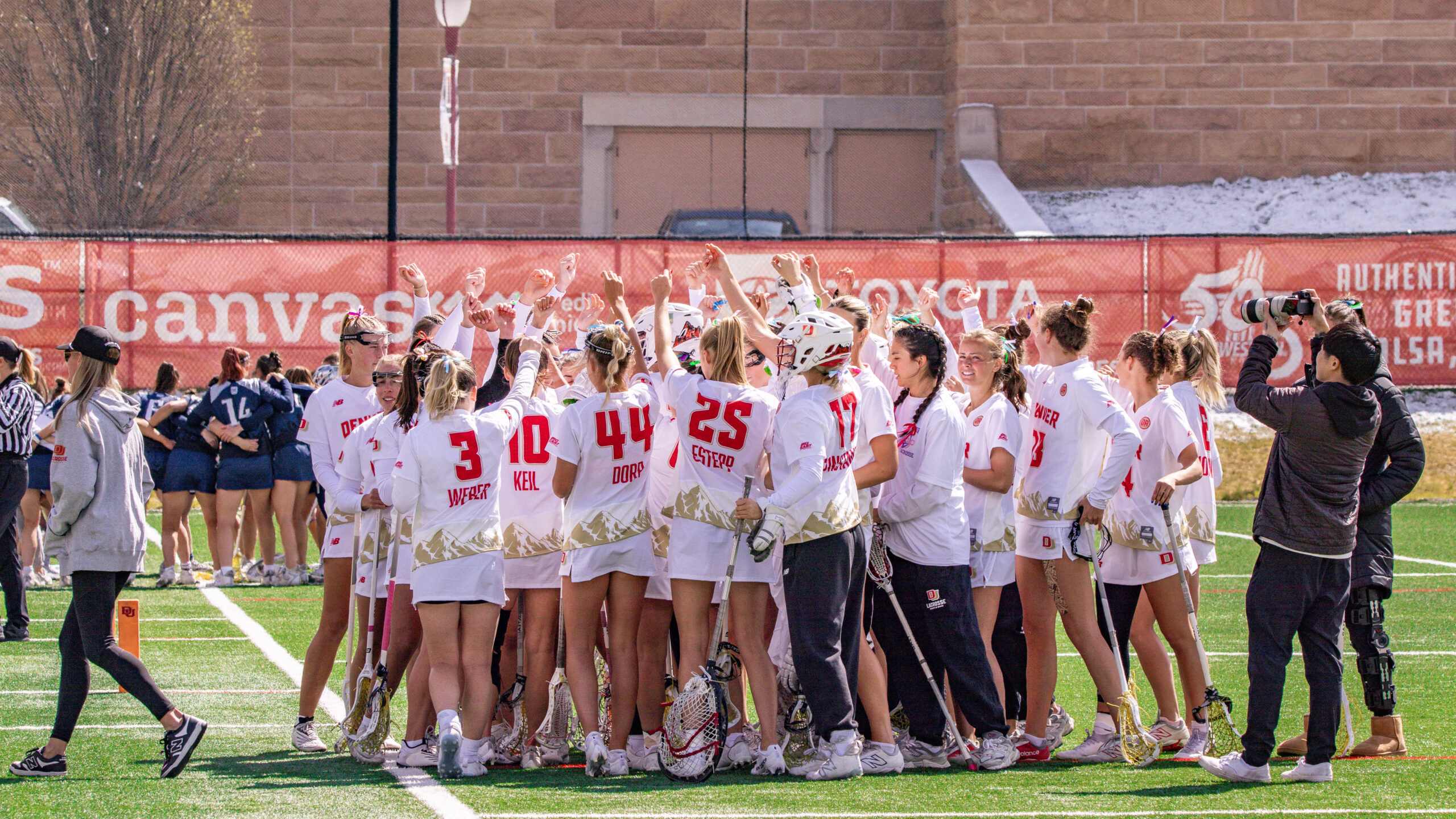As the country begins to open back up, football fans, players and coaches still face uncertainty regarding the regularly scheduled fall football seasons.
Colleges, along with National Football League (NFL) officials, have explored multiple ways to continue with a somewhat normal football season. However, nothing can be set in stone as the future amidst the COVID-19 pandemic remains unclear.
The worst-case scenario for all of college athletics would be canceling the entire season. Many decision-makers look at this as a last resort while developing other plans.
The proposed scenarios for the continuation of college football include playing a shortened season with mainly conference games, delaying the season’s start, moving the entire season to spring or starting on time but without any fans. However, these proposals do not come without some sort of difficulty.
A shortened season that cuts out non-conference games could cause severe financial damage for many schools, especially the smaller colleges with less income. This plan would also eliminate major rivalry games such as the iconic Army versus Navy match up.
“The two biggest games we have all year are non-conference,” said Navy athletic director Chet Gladhuck to ESPN. “Losing those two games would be simply devastating to us financially. They’re of great significance for television purposes, ticket sales, corporate sponsorship. They’re the two anchors that are really important.”
Losing non-conference games could be disastrous for many college athletic programs.
According to ESPN, the alternate possibility of creating a spring season is getting more and more discussion. This proposal faces issues such as weather, television scheduling and a short turn around for players. However, ESPN also reports that if players and staff were given the choice between a spring season or no season at all, many would reluctantly choose the former.
Many would say the same about having an entire season without fans in the stands. If they had to choose between no season or a season with empty stands, they would choose the latter.
Some coaches also expressed that they would prefer to delay the start of the season if it meant fans could attend.
“The pageantry of college football and the fans are so intertwined with the players and the game,” said Texas Tech coach Matt Well to ESPN when discussing the possibility of a season without fans. “I just know how much that means to the players and how much it means to the fans, [and] I think that would be really hard to do.”
Athletic trainers have vocalized concern about returning to a normal fall schedule. They are concerned about the players’ physical states, as a lot of college students do not have access to a gym where they can lift. Rushing back into the pre-season without proper conditioning increases the chance of injury in players, and trainers say that it would take about eight weeks of team training to get players into necessary shape.
There are still too many uncertainties for college football officials to make a decision. As ESPN states, “The consensus is that while no one knows what will happen next, officials are determined to save the season in one way or another.”
The NFL faces a similar situation. In early May, the organization released the 2020 schedule, but many doubt this schedule will remain unchanged.
“The original 2020 schedule should be taken with a grain of salt given the unpredictable nature of the pandemic,” says Tadd Haislop for The Sporting News.
NFL officials have discussed the possibility of a delayed season, either without fans or with extremely reduced crowds.
NFL Commissioner Roger Goodell recently announced that all NFL teams must have a ticket refund policy in place to allow fans to get either a full refund for tickets or credit for future games. In response to Goodell’s announcement, the Jets released a statement saying they will not be selling single-game tickets for the NFL season.
“We believe this is the prudent thing to do in order to provide the best experience and service for our fans at this time,” tweeted the Jets.
Tom Garfinkel, the president of the Miami Dolphins, recently announced on Good Morning America that the Dolphins are considering only allowing 15,000 fans to enter the stadium each game. That is about one-fourth of the stadium’s maximum capacity.
Garfinkel also tweeted a proposal for a new enter/exit strategy that could better control the crowd flow.
“We would have times to come in for security at different gates so people would be separated out in terms of when they enter the stadium,” said Garfinkel. He then discussed an exit protocol much like “a church environment” where the crowd would exit row by row.
The NFL must also consider the lockdown protocols that vary by state. If certain states open early and allow training and camps to continue, it puts other teams at a severe disadvantage.
It is apparent that football administrators across the country have been considering a plethora of different scenarios that could play out in the fall. However, all the proposed scenarios depend on what measures are taken over the summer and how the virus evolves. Ultimately, the answer to if there will be football in the fall is a frank, “I don’t know.”


